$49.97 Original price was: $49.97.$34.98Current price is: $34.98.
SKU: D2LSC 7542721869 Category: Clematis Vines
- Secure Shopping Starts with Safe Payments
- Effortless solutions, excellent customer care.
- Multiple payment methods, safe and reliable
- 7 days free returns

‘Killian Donahue’ Clematis
Clematis ‘Killian Donahue’
Plant Details
USDA Plant Hardiness Zones: 4a-9b Find Your Zone
Plant Type: Flowering Vine
Height or Length at Maturity: 8 to 10′
Width at Maturity: 2-3′
Spacing: 2.5′ apart to cover fences
Spacing: 2.5′ apart to cover fences
Growth Habit / Form: Climbing, Twining
Growth Rate: Moderate to Fast
Flower Color: Opens Ruby Red at the center fading to Lavender and Pink with Red bar
Flower Type: Single
Flower Size: 5″
Flowering Period: Late Spring reblooming through Summer
Flowering Period: Late Spring reblooming through Summer
Fragrant Flowers: No
Foliage Color: Green
Fragrant Foliage: No
Sun Needs: Full Sun to Part Shade
Water Needs: Average
Soil Type: Clay (Amend heavy clay to ensure good drainage), Loam, Sandy, Silt
Soil Drainage: Moist but Well Drained
Soil pH: 5.5 – 7.0
Maintenance / Care: Low
Pruning Group: 2
Attracts: Butterflies, Hummingbirds, Beneficial Pollinators, Visual Attention
Resistances: Deer, Disease, Heat, Humidity, Insect, Black Walnut
Description
Truly mesmerizing in bloom, the Killian Donahue Clematis features abundant 5 inch flowers that dramatically change colors throughout the long blooming season from late spring throughout summer. The 5 inch diameter flowers open ruby red at the center turning to orchid with brilliant fuchsia bars and finally to lavender with a pink bars. The various colors can appear on the vine at the same time. Burgundy-tipped white anthers on every bloom are an extra bonus and a magnet for butterflies and hummingbirds. At 8 to 10 feet high this one is perfect for fences, arches, posts, railings and tall trellises or obelisks.
Landscape & Garden Uses
Growing up to 8 to 10 feet tall and 2 to 3 feet wide, the Killian Donahue Clematis is ideal for growing on a fence, tall trellis or obelisk, mailboxes and other posts, arches, rails and other structures. Also a fine selection for growing in pots, planters or tubs that can be situated on patios, decks and around other outdoor living spaces where the amazing flowers can be viewed from close up. A fine addition to Clematis gardens, cut flower gardens, and cottage gardens.
Suggested Spacing: 2.5 feet apart to cover fences, trellises, and walls
Growing Preferences
This Clematis is easy to grow in a moist but well-drained soil of average fertility and full sun to part shade. Though it tolerates dry periods when established, it will appreciate an occasional watering in prolonged periods of dry weather. Make sure not to plant this one too deep as it tends to smother the plant. See pruning instructions just below.
Clematis Pruning Group 2
Clematis in Group 2 consist of all the early, large-flowered hybrid clematis that bloom in late spring or early summer and maybe again in late summer. Clematis in this group should be pruned lightly in late winter or early spring. Pruning consists of removing weak and crossing shoots then thinning down the plant to a structure of evenly spaced one and two year old stems. Cut each stem just above a pair of healthy buds. Plants in this group have the tendency to become bare at the base as they mature. You can under-plant with small shrubs or perennials to help conceal the bare stems. Alternatively, you can often force a flush of new growth from the base by cutting the vine back to 18 inches immediately after the flush of bloom.
An alternate method of pruning Group 2 clematis is to prune only every three or four years. In this case, the clematis should be pruned as described for Group 3 clematis. This will produce a weak first flush of flowers in the summer after pruning.
Helpful Articles
Click on the link below to find helpful advice from our experts on how to plant and care for Clematis vines
How To Plant A Clematis
How To Prune A Clematis
Plant Long & Prosper!
Questions? Contact Us!
Be the first to review “Killian Donahue Clematis – 1 Gallon Pot” Cancel reply
Related products
Sale!
Clematis Vines
Sale!
Clematis Vines
Sale!
Clematis Vines
Sale!
Clematis Vines
Sale!
Clematis Vines
Sale!
Clematis Vines
Sale!
Clematis Vines
Sale!
Clematis Vines

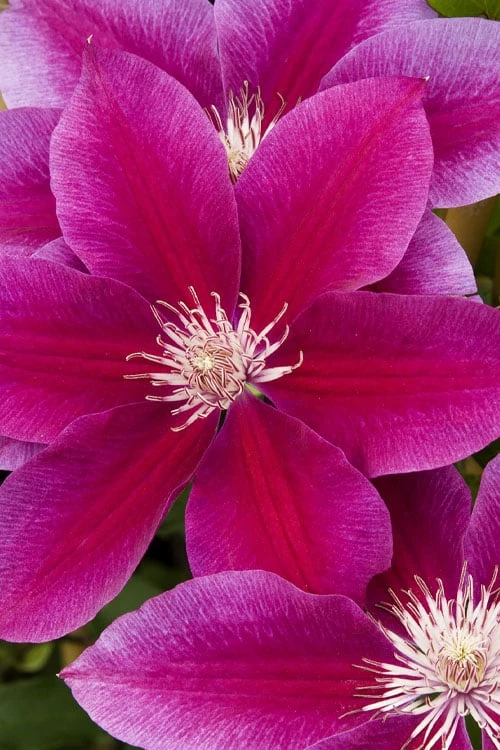
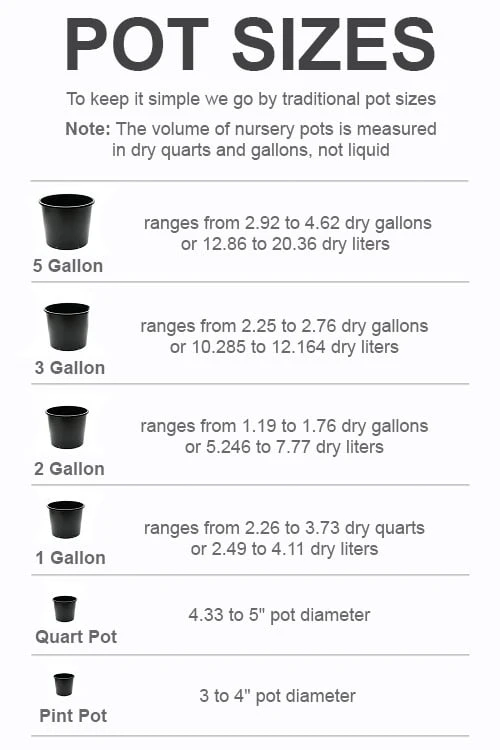

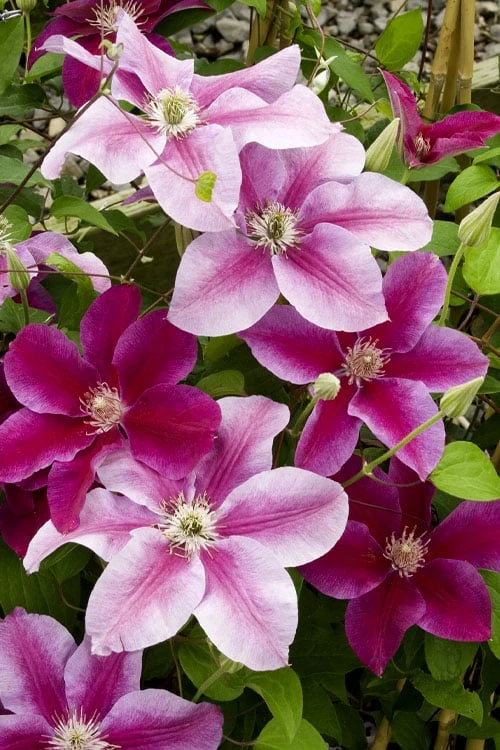
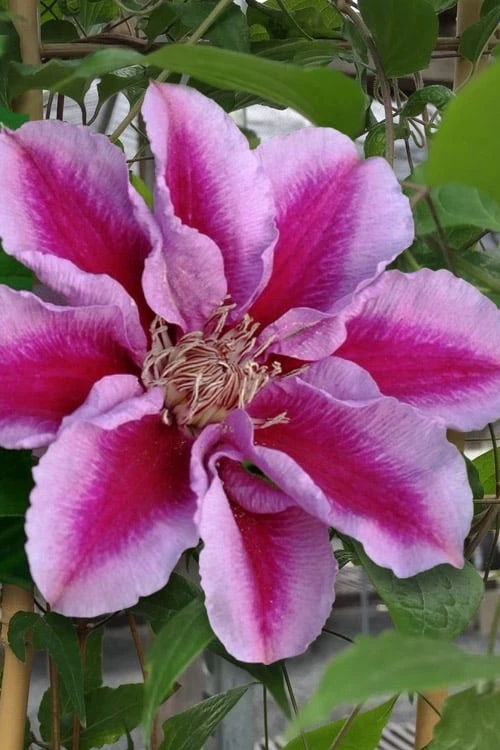
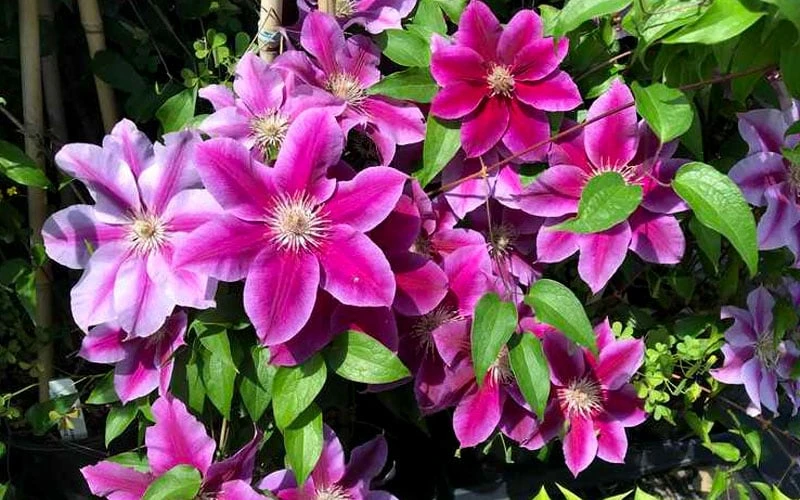
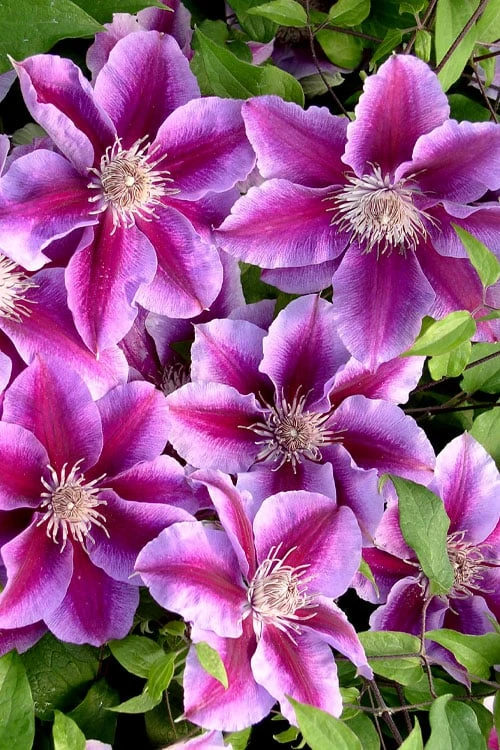

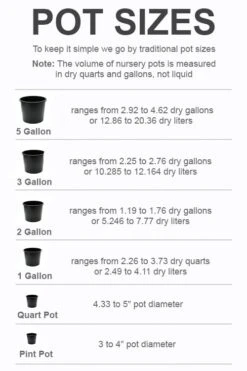




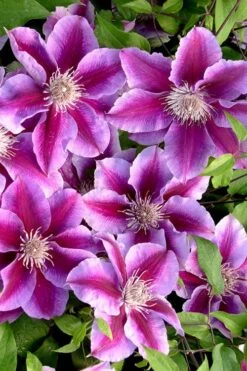
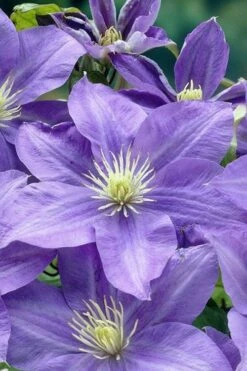
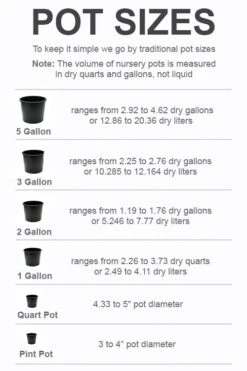




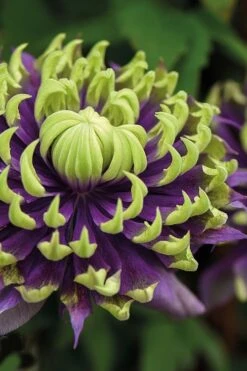
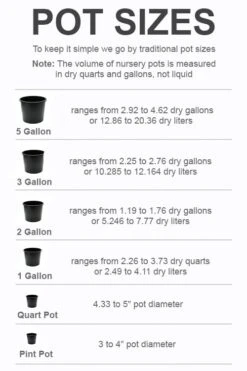

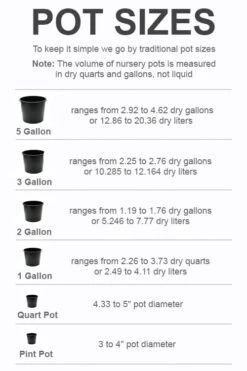


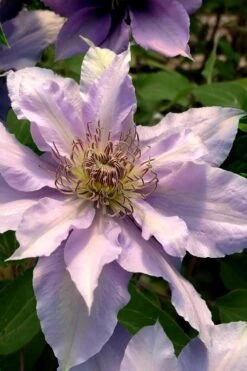
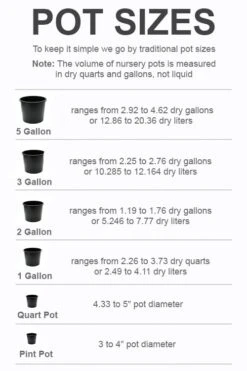
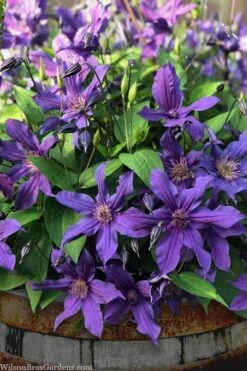
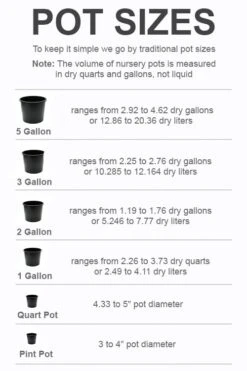
Reviews
There are no reviews yet.